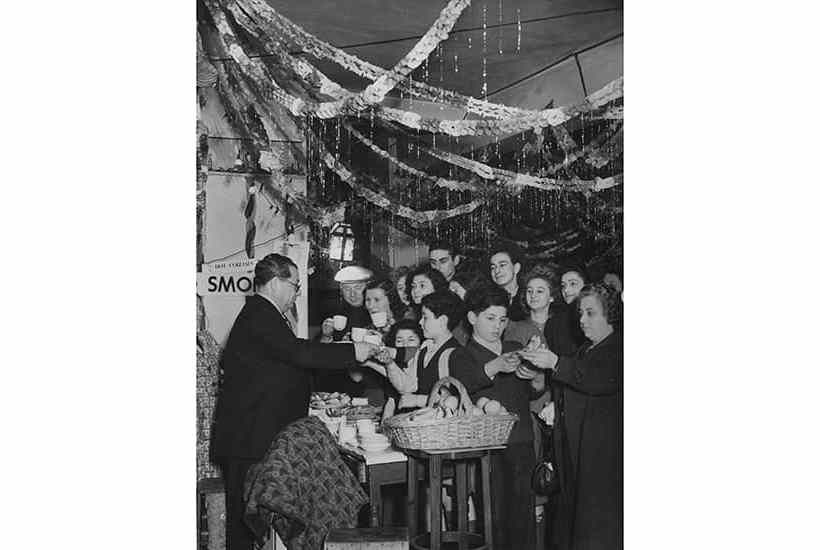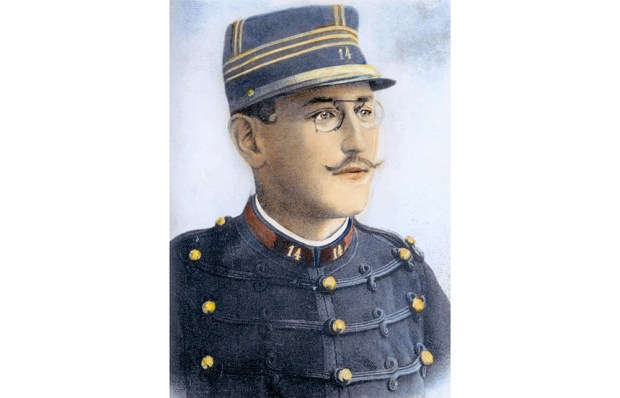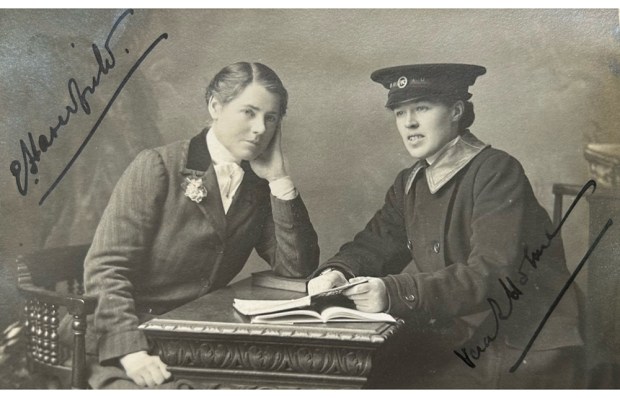When the shrill air raid sirens blared their familiar warning cries over the city at 6.01 p.m. on 29 December 1940, Londoners thought they knew what was coming. Life under siege had taken on a strange sense of normality. They had been bombed systematically by the Luftwaffe for months and fully expected this to resume with ferocity after a brief lull over the Christmas period.
But the events that unfolded that night would bring horrors on an entirely new scale. The 136 bomber planes that swooped down from the sky and dropped their high explosives and 22,000 incendiaries onto the capital were intent on creating an inferno. It worked. The low tide of the Thames combined with the south-easterly breeze to create a ferocious wind corridor fanning the flames.
Lasting only five hours or so, the raid was comparatively brief, but in that time it started 1,460 fires, almost all of them in central London. A BBC reporter would later describe how he was ‘walking between solid walls of fire’. Pungent smells filled the air as warehouse after warehouse burst into flames — coffee, cinnamon, hay, tobacco, tea. Above all this was heard the crackle of burning paper: some five million books are said to have been destroyed that night.
This ‘Second Great Fire of London’, like its infamous 1666 predecessor, found its dramatic pinnacle at St Paul’s Cathedral. Restoration-era Londoners were convinced that this building was eternal, an unshakable part of the capital itself. They were wrong. The trauma of its ‘weighty stones falling down’ as the flames bit deeper and deeper into the structures that held them burnt itself into the city’s soul.
Twentieth-century Londoners were taking no chances. With buckets, pumps and sandbags they fought a desperate battle against the fires caused by the 28 incendiaries that fell on the cathedral. This time, they won. Herbert Mason’s famous photograph of St Paul’s standing tall amidst the inferno that surrounded it would become an iconic image, representing the endurance of Britain itself.
Jerry White paints a vivid picture of the horrors that Londoners underwent as they held out amid the seemingly never-ending barrage of the German bombing campaign. But The Battle of London 1939-45 goes further than just retelling well-known tales of endurance and heroism.
This fascinating social history is pieced together as a mosaic of dozens of experiences, ranging from moments of shared jubilance to the ugly opportunism of criminals and profiteers. White does not shy away from dismantling some of the dearly held myths about the Blitz spirit, but equally his compassion and fondness for London shines through on every page.
Among the darker aspects was the paranoia about ‘alien enemies’ that infected all social strata in the strained atmosphere that preceded the bombings. In June 1940 alone, some 4,000 women and 23,000 men were arrested, some German, some Italian, many Jewish. Some of them had lived in London for a generation or two. The vast majority were held in camps, such as the one on the Isle of Man, but about 7,000 were deported.
Among the latter, was a group of 734 Italians and 479 Germans who were sent to Canada on the SS Arandora Star. The ship was torpedoed on 2 July 1940 and nearly half the passengers perished, among them managers and waiters of the Savoy and Ritz restaurants as well as the general manager of the Piccadilly Hotel. A British Savoy director commented: ‘Most of the best brains in the English hotel business, managers and head waiters have been drowned. They were, almost to a man, kindly, inoffensive beings.’
In the capital, tensions remained high. As Londoners moved closer together, deep-seated animosities flared along the fault lines of class and race. Middle-class families were appalled when they came into contact with lice-ridden children fleeing the cramped tenements of the poorer districts. Jewish Londoners were often blamed for the bombings — and even for the entire war — as anti-Semitism in Germany spiralled into genocide.
But amid the terror and suspicion, most citizens held on to notions of normality and pieced together a life of familiar routines. Christmas in the dark year of 1940 was a rather quiet but cheerful affair. Children’s parties were organised across the capital by the Air Raid Precautions (ARP) services, complete with musical accompaniment in the form of Master Gerald White’s delightful accordion playing. Children at the air raid shelter in Mitcham even had a visit from Father Christmas as the shelter marshal made a grand entrance through the escape hatch, which had to make do as a chimney.
London life during the second world war did not just oscillate between dark and light moments of intense drama. As White reminds us: ‘The months of terror were outnumbered by those spent knitting together the fabric of daily life.’ In The Battle of London 1939-45 he spins the threads of this fabric in vivid colour, creating a rich tapestry of life under fire in the capital.
Got something to add? Join the discussion and comment below.
Get 10 issues for just $10
Subscribe to The Spectator Australia today for the next 10 magazine issues, plus full online access, for just $10.
You might disagree with half of it, but you’ll enjoy reading all of it. Try your first month for free, then just $2 a week for the remainder of your first year.














Comments
Don't miss out
Join the conversation with other Spectator Australia readers. Subscribe to leave a comment.
SUBSCRIBEAlready a subscriber? Log in